One Tool, Amazing Results: Learn Arabic with Artificial Intelligence
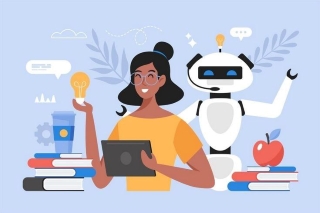
One Tool, Amazing Results: Learn Arabic with Artificial Intelligence
Many learners face challenges when learning Arabic, such as complex grammar rules and pronunciation difficulties. With the development of artificial intelligence, we can overcome these challenges in more flexible and effective ways. In this article, we will explore how artificial intelligence can be harnessed to improve the experience of learning Arabic and enhance the efficiency of learners.
1. Adaptive Learning and Real-time Interaction with Chatbots
Tools like Duolingo and Memrise use artificial intelligence to tailor lessons based on the learner’s level. The system identifies the learner's weaknesses and provides additional exercises targeting areas that need improvement. Moreover, chatbots like Tandem and HelloTalk offer an interactive environment where learners can have live conversations in Arabic with AI. These tools correct mistakes in real-time, continuously improving the learner's skills in pronunciation and grammar.
2. Improving Pronunciation and Listening with Speech Recognition Technologies
Speech recognition technologies like Google Assistant and Siri instantly correct pronunciation when learners speak Arabic words or phrases. These tools help learners improve their pronunciation of complex Arabic sounds like ع and غ, contributing to their accurate understanding and usage of these sounds in everyday conversations.
3. Smart Grammar and Spelling Correction Tools
Tools like Mushahher Al Arabi and Grammarly assist learners in correcting grammar and spelling mistakes while writing in Arabic. These tools offer precise corrections and suggest improvements in style, helping learners improve their writing skills continuously.
4. Learning Different Arabic Dialects
Arabic is a language with many dialects, which can be a challenge to learners. Through AI, platforms like Rosetta Stone offer courses tailored to various Arabic dialects such as Egyptian, Levantine, and Gulf. These tools help learners interact better with the vocabulary and expressions used in these dialects.
5. Flexible Learning Using Various Educational Resources
Platforms like Coursera and EdX offer a variety of AI-based learning methods, including interactive videos, writing exercises, and tests. This allows learners to study Arabic in a flexible and diverse manner that suits their needs.
6. Continuous Assessment of Learners Using AI
Tools like Quizlet offer interactive quizzes that allow learners to measure their progress continuously. These tools help identify areas of strength and weakness in grammar, pronunciation, and vocabulary, enabling learners to improve steadily.
7. Using AI for Creative Writing Enhancement
Tools like QuillBot and Slick Write assist learners in improving their creative writing skills in Arabic. By providing suggestions to enhance writing style and diversify sentence structures, these tools help learners express themselves more accurately and professionally.
8. Supporting Learners with Special Needs
Applications like Voice Dream Reader and NaturalReader provide innovative solutions for learners with special needs, such as converting text to speech. These tools make it easier for such learners to understand and engage with Arabic content effectively.
9. Available AI Tools
-
Duolingo: Provides tailored lessons based on the learner’s progress and adjusts content accordingly.
-
Rosetta Stone: Uses speech recognition to enhance pronunciation.
-
Google Translate: Provides instant translation with pronunciation for words and phrases.
Duolingo: Provides tailored lessons based on the learner’s progress and adjusts content accordingly.
Rosetta Stone: Uses speech recognition to enhance pronunciation.
Google Translate: Provides instant translation with pronunciation for words and phrases.
Artificial intelligence significantly contributes to enhancing the experience of learning Arabic. With interactive tools, real-time error correction, and personalized content, learners can effectively improve their skills. As these tools continue to evolve, learning Arabic becomes more accessible and flexible for learners worldwide.
 The Arabic Language
The Arabic Language The Dhad Language
The Dhad Language Dialects and Modern Standard A...
Dialects and Modern Standard A... How to Start Your Journey in L...
How to Start Your Journey in L... The Best Ways to Learn Vocabul...
The Best Ways to Learn Vocabul...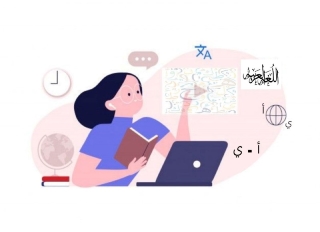 5 Basic Grammar Rules for Begi...
5 Basic Grammar Rules for Begi...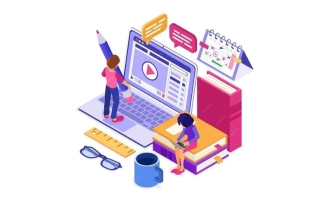 Learn Arabic Effectively: The...
Learn Arabic Effectively: The...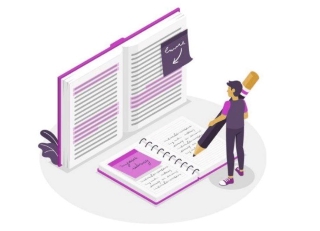 Learn Arabic Easily with the B...
Learn Arabic Easily with the B...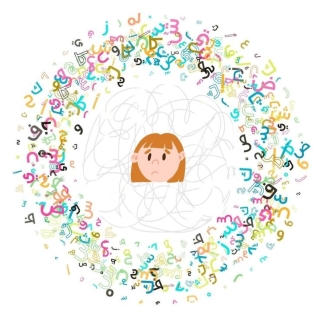 Overcome the difficulty of wri...
Overcome the difficulty of wri... Arabic Proficiency Test: An In...
Arabic Proficiency Test: An In... From Beginner to Fluent: Maste...
From Beginner to Fluent: Maste... 25 Essential Phrases You Need...
25 Essential Phrases You Need... ake Social Media a Learning To...
ake Social Media a Learning To... How to Transition Easily Betwe...
How to Transition Easily Betwe...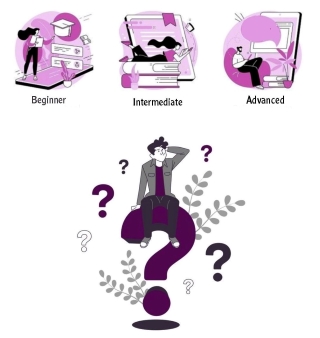 Discover How to Determine Your...
Discover How to Determine Your...